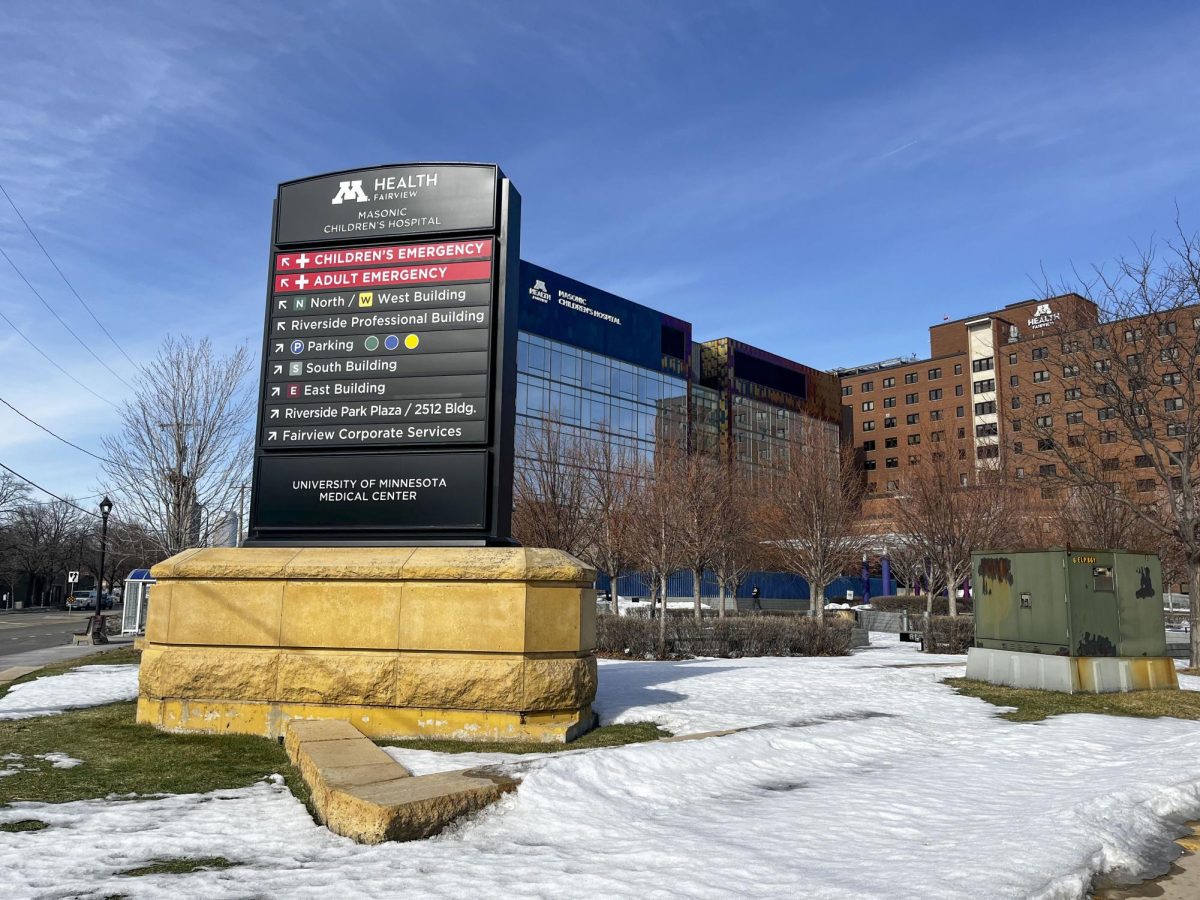A research team led by the University of Minnesota recently launched a project that aims to study cloud vortices on Jupiter’s atmosphere. The team is relying on the general public to contribute information so more can be learned about the early days of the solar system.
The project, known as Jovian Vortex Hunter, is led by postdoctoral researchers from the University, NASA and Zooniverse. Zooniverse is a website that allows anyone to send data and observations using images from the Juno spacecraft camera to the researchers, who will use the data to learn more about Jupiter’s atmosphere.
This project comes from a recently renewed Zooniverse grant given to the University, which has been around for three years.
Citizen scientists are responsible for training computers to recognize certain features of clouds in Jupiter’s atmosphere.
“We are exploring different deep learning techniques to be used on the images of Jupiter with vortices to basically understand if the machine is able to identify different kinds of features automatically,” University researcher Kameswara Mantha said.
Having ordinary people helping to identify clouds opens up a new avenue for people to actively learn about and engage with projects related to planetary science, Ramanakumar Sankar, a postdoctoral researcher at the University and leader of Jovian Vortex Hunter, said.
“Promoting this kind of active learning in the public is really useful because it will encourage people to go into science to do research to learn these critical thinking habits,” Sankar said.
Sankar said the team is interested in studying Jupiter’s atmosphere because of what it can tell them about the origins of the solar system. Because of Jupiter’s size, its gravity enables it to preserve its original composition of gas and dust that has been around since the advent of the solar system.
“By learning about its composition, you will know exactly what happened when the solar system formed because you expect Jupiter to preserve that history within its atoms,” Sankar said.
The difference between citizen science-based projects and lab-based projects is that citizen scientists are given a problem that they have to solve, whereas researchers in lab based projects already know how to solve a problem and are experts on the issue, Sankar said.
Sankar said citizen science based projects remove biases about how to conduct research. Citizen scientists may not have a degree in a science related field or have experience in working with scientific research, so it creates the space to brainstorm new ideas about how to solve a problem, rather than having only one way of solving it.
“You’re breaking down those biases,” Sankar said. “You’re opening up science, you’re getting new ideas, you’re getting new ways of looking at the same thing.”
Shawn Brueshaber, a postdoctoral researcher at the NASA-owned Jet Propulsion Laboratory, said engaging with citizen scientists allows him to mentor people who want to participate in that kind of research but may not be officially tied to a research institution.
Citizen scientists help do the work faster than what is possible in a typical lab setting, Brueshaber said. Laboratory research requires a lot of data, and there are not enough people to help analyze the data, he said.
“The volunteers and the artificial intelligence are going to provide us with the statistics that ordinarily would take legions of people to just sit down and go through these [data sets],” Brueshaber said. “There’s not enough researchers; there’s not enough funding for professional planetary atmospheric scientists to do it all on their own.”
Citizen science projects have been around for a while but have recently surged in popularity. Brueshaber said he is amazed at the popularity of the Juno mission and said citizen science research would not have been possible without the Juno spacecraft camera.
The engagement between citizen scientists has the potential to drive more interest and funding for future spacecraft missions, which the United States leads the world in, Brueshaber said.
“I’m really excited about this project and what this can mean for the future of planetary exploration and science,” Brueshaber said.



















